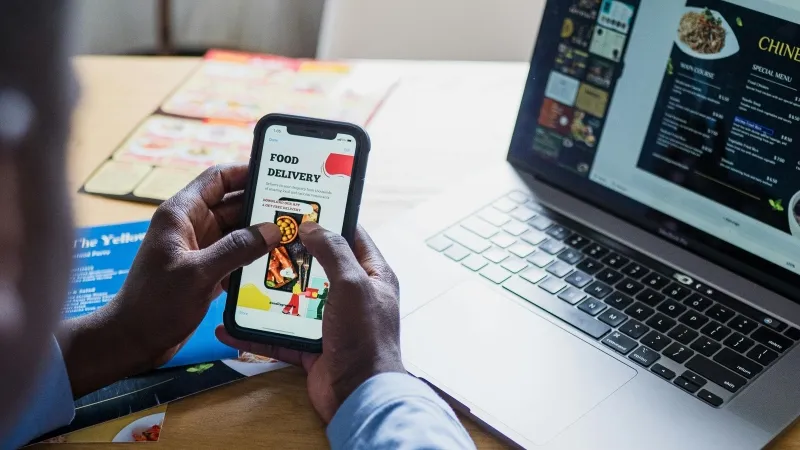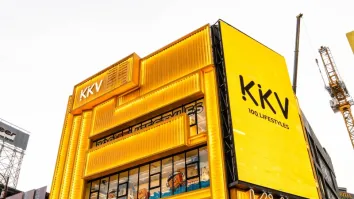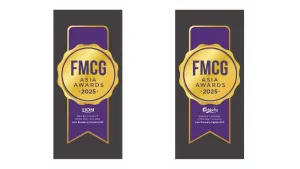
58% of consumers use devices for food purchases
Consumers are spending less time cooking at home, opting for faster and more convenient food options.
About 58% of consumers now use devices to browse and buy food, according to Euromonitor’s Voice of the Consumer: Digital Survey 2024.
The survey, which analysed responses from internet-connected consumers across 20 countries, shows a shift towards digital shopping and away from traditional grocery trips.
Consumers are spending less time cooking at home, opting for faster and more convenient food options. This change has led to smaller, more frequent shopping trips and increased use of subscription and delivery services.
Retailers are responding by offering cook-at-home kits, ready-to-eat meals, and in-store dining options, placing traditional food retailers in direct competition with foodservice providers, direct-to-consumer (DTC) brands, and delivery platforms.
Digital channels have gained prominence, with 45% of consumers purchasing groceries via livestreaming platforms, the second-highest category behind apparel and accessories. Livestreaming allows for interactive engagement with hosts, enhancing the shopping experience beyond what traditional online platforms offer.
Despite these digital advancements, physical stores still dominate food spending. In 2023, local grocers, supermarkets, and hypermarkets accounted for 72% of global grocery sales, while eat-in orders represented half of foodservice spending. However, these traditional channels have been losing ground to discounters, warehouse clubs, food product e-commerce, and on-the-go foodservice options.
Euromonitor projects that e-commerce and on-the-go foodservice will continue to gain market share through 2028.
Meanwhile, the report stress that the challenge for retailers is to stand out in a crowded marketplace where many offer similar products. As digitalisation levels the playing field, differentiation becomes crucial.
“Certain retailers are orientated around discovery, but several merchants, including marketplaces, are trying to be an “everything store.” As such, retailers and brands are challenged with how to differentiate in an era of same,” it stated.



















 Advertise
Advertise





